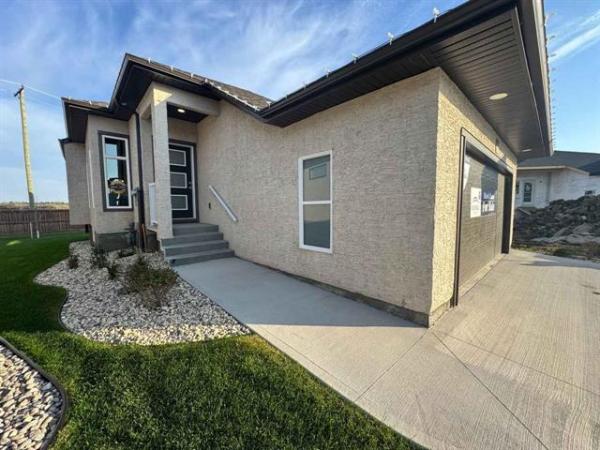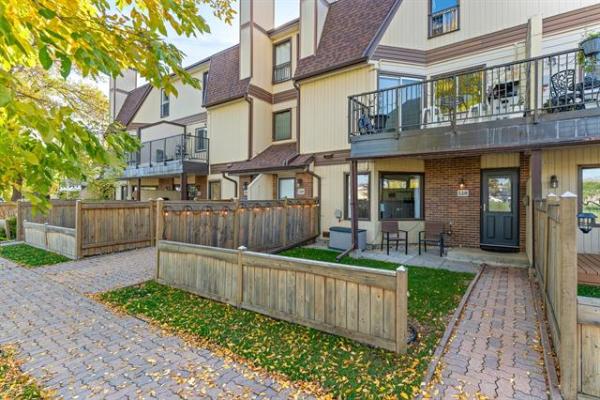The house is 10 years old and the overactive sump pump has been here since the beginning.
I look forward to your reply with any comments or suggestions.
-- Jim Anderson, e-mail
Answer -- As the seasons change, I attempt to answer questions that may be relevant to concerns at that particular time of year. Your question is extremely timely as the melting snow and thawing ground will cause sump pumps in many homes to begin working after being mostly dormant over the long, cold winter. There may be a few reasons why your pump is going off every day, even in the dead of winter, with some being positive and others being potentially problematic.
It is quite normal for a sump pump in a 10-year-old home in our area to engage every day for several months of the year, but not normally in the dead of winter. The drainage system installed around the perimeter of your foundation will collect excess groundwater long after a rain or snowfall. The soil may remain quite saturated for many weeks, depending on levels of precipitation. If the sump pump is running several times a day, it is a sign that it is functioning well. If it runs continually, without normal cycles, then a problem may be suspected. Normal operation should be observed from March until November, but not often after the surface ground is frozen. If your pump runs well after this point in the year there is likely a problem that is either mechanical or due to unusual situations with your home.
A properly installed sump pump will be connected to a length of ABS plastic drain piping that exits the foundation wall above grade and empties outside the house. This pipe may be of considerable length and should have a fitting at the exterior to easily connect a flexible extension hose, to direct the sump water well away from the foundation. This hose must be removed in the fall before the ambient temperature falls below freezing for extended periods of time. If this regular maintenance is not completed, and the hose is still connected to the sump drain pipe, the hose may freeze and the pump will not be able to pump effectively. A frozen line may cause a pump to engage for long periods of time, without draining water from the pit, as designed. In some cases, the pump may actually overheat or burn out before the line thaws. If you have not disconnected your extension hose, it may be blocked and would be the cause of the excessive pumping.
One other integral part of the sump system is a check valve, normally attached to the drain pipe near the pump. This device is a one-way valve that allows water to be pumped out of the pit through the piping, but does not allow this water to back up into the sump after the pump has shut off. In many homes, this check valve is missing or damaged, allowing a large amount of water to flow back into the pit after the pump shuts down. This water may be enough to activate the float switch or pressure switch in the pump and cause the pump to cycle on and off. Also, there may be a small hole or leak in the valve or piping allowing a slow return of the water to the sump. The result will be the same as a damaged valve or blocked pipe and may cause the pump to engage without new water being introduced into the pit.
As an alternative to removing the extension hose at the exterior of the foundation for the winter, many homeowners divert the sump hose into their floor drain for part of the year. While this practice is illegal (though I've not heard of anyone being fined), it may eliminate excessive ice on roads and sidewalks caused by misdirected extension hoses. It will also prevent backing up of water into the sump from a frozen line. Unfortunately, many of these amateurish modifications that I see are poorly done. A bad job in this regard may cause major problems with the sump pump.
The final mechanical problem that may be responsible for your hyperactive sump pump may be with the float switch. Many sump pumps have a switch contained within a plastic cylinder that floats. When enough water enters the sump, this cylinder will rise to a certain height causing the switch to be tripped. This will cause the pump to activate and work as designed. Very often, these float switches become damaged, waterlogged, or lodged between the pump and the sump pit. Any of these defects can cause improper functioning of the pump and the problems you are experiencing.
While a mechanical defect is the likely cause of your overactive sump pump, there may be another less tangible reason for this problem. If a mechanical deficiency cannot be identified, after having your system evaluated by a licensed plumber or other knowledgeable contractor, then it may be due to the location of your home. Some homes in our province are built in areas that have very high water tables or pockets of porous soil. In these homes, excess water may continually seep into the soil surrounding the foundation and cause excess functioning of the weeping tile and sump pump system. This may be tough to substantiate, but if your sump pump is functioning as often as you believe, there should be little chance that this high water situation will cause any issues other than a noisy pump.
Ari Marantz is the owner of Trained Eye Home Inspection Ltd. and the president of the Canadian Association of Home & Property Inspectors - Manitoba (www.cahpi.mb.ca). Questions can be e-mailed or sent to: Ask The Inspector, P. O. Box 69021, #110-2025 Corydon Ave., Winnipeg, MB, R3P 2G9. Ari can be reached at (204) 291-5358 or check out his new website at www.trainedeye.ca.
trainedeye@iname.com



